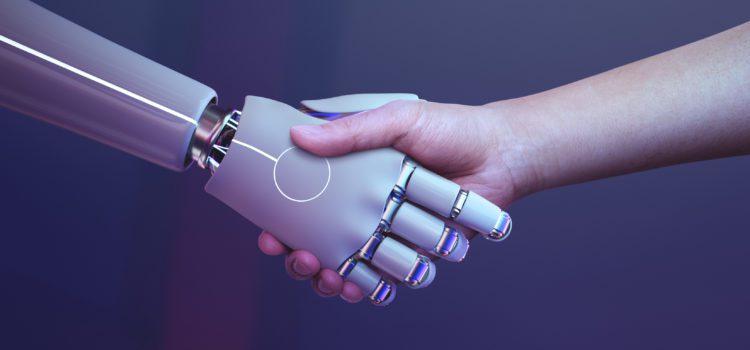The Potential of Chatbot Ideas: The Gap in Customer Service

The rise of chatbots has changed customer service. But making intelligent chatbots that genuinely help users is challenging. Chatbot ideas are everywhere in today’s digital world, but blending artificial intelligence with user expectations is challenging.
There’s a difference in how companies and customers see chatbots. Surveys found that 63% of companies think chatbot implementation makes problem-solving easier, but only 33% of customers agree.
This shows a gap between what companies want and what customers need. To bridge this gap, we must understand user needs and make chatbots that aren’t just machines but smart helpers that truly understand and serve customers.
Chatbots can be clever despite being machines by recognizing recurring conversation patterns. For example, when a user says something like “similar” or “alike,” the chatbot integrated interface can respond with “in what way.” This helps them give better answers. However, it’s important to know that this method, while useful in many situations, has some limitations.
One big area for improvement is understanding context deeply. Chatbots might need help with complicated or unclear language because they follow the rules and use machine learning that can only sometimes grasp all the complexities of human communication.
Also, how well chatbot ideas work depends on how they were trained and the data they use, which can sometimes lead to mistakes or biases in their answers.
Furthermore, chatbots might need to improve at handling emotional or sensitive topics. They’re good at giving facts and doing tasks, but they might not provide the emotional support or understanding some people need.

Chatbot Implementation and Virtual Assistants
To make chatbots smarter and overcome these challenges, ongoing work is being done to improve how they understand and respond to language. This means making them better at understanding the context and emotions in conversations so they can talk to users more naturally and with better understanding.
One way to boost your chatbot smarts is by using advanced Natural Language Processing (NLP). Chatbot NLP understands what users say more accurately, making interactions more detailed and precise.
Chatbot NLP can help your chatbot see the bigger picture in a conversation so it understands what users mean even if they don’t say it directly. This makes the chatbot give more helpful responses, making users happier with the experience.
Additionally, NLP can help the chatbot recognize and respond to people’s emotions in their messages. This makes the chatbot friendlier and easier to talk to. Adding these advanced language skills to your chatbot can make it a more valuable and helpful tool for your users.

The World of Virtual Assistants
While businesses are optimistic about virtual assistants like Amazon Alexa and Google Home, consumers don’t seem as excited. Many consumers still prefer talking to a natural person, even when chatbot implementation promises to save time.
This difference in views comes from a few reasons. People feel more comfortable talking to humans and sometimes doubt whether virtual assistant tools can understand and help them. Agencies see virtual assistants as a way to make things more efficient and save money, but consumers often just want to speak with someone who can give them personalized help.
Companies need to find a balance to solve this issue. They should improve virtual assistants to offer more personalized and reliable help. At the same time, they should keep options for talking to real people so that customers can choose the kind of help they feel most comfortable with.
In this changing world of virtual assistant tools, businesses need to adapt to what customers want while still using AI technology’s efficiency and innovation. Getting this balance right will be crucial for the future of smart chat customer service in the age of virtual assistants.

The Human Essence in Smart Chat Customer Service
The use of AI in smart chat customer service is growing, but it can sometimes feel less human. Many customers prefer talking to real people over AI chatbots. However, they also want to know if they’re talking to a chatbot or a human.
Chatbot technology has a lot of promise, but it faces challenges. These include misunderstanding human expressions, sometimes getting commands wrong, difficulty with accents, and telling different voices apart. Businesses need to work on the chatbot language model and build user trust.
To unlock the full potential of chatbot ideas, companies should invest in improving AI and collecting data for machine learning. Choosing scalable platforms and products that can create personalized, interactive interfaces is also crucial for this journey.
In summary, chatbots have the potential to revolutionize customer service, but they need to keep evolving to meet user expectations. The key is bridging the gap between what users want and the challenges chatbots face, creating more innovative and effective chatbots.
Are you ready to improve your customer service with Webterior Designs? Contact us today and explore the future of customer engagement and position your business at the forefront of this shift, providing customers with both efficient AI and the warmth of human interaction.

